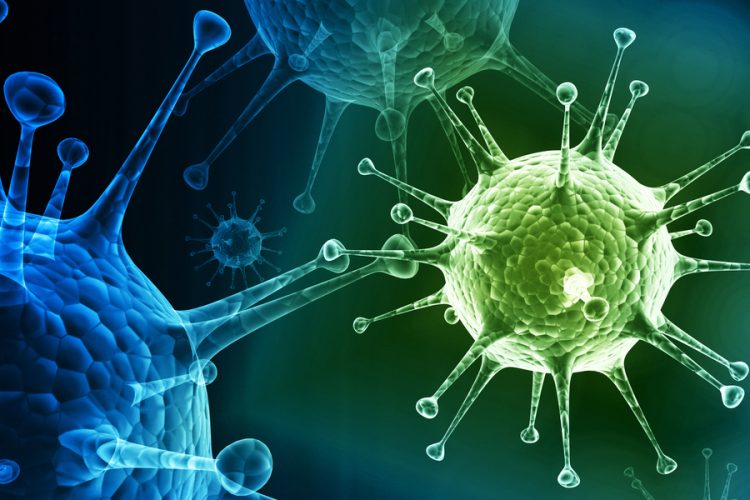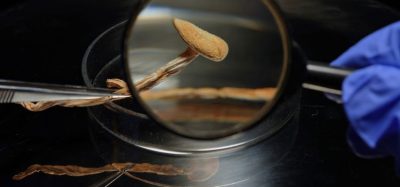Influenza virus mutations prevented during vaccine production
Posted: 25 July 2017 | Dr Zara Kassam (European Pharmaceutical Review) | No comments yet
Duke researchers used a bivalent virus from chicken cells that packaged twice as much protein as a monovalent virus, and vaccinated mice with either the bivalent or monovalent vaccine


Researchers have discovered how to keep the human influenza virus from mutating during egg-based production, and hence create a more effective flu vaccine.
Vaccine manufacturers have traditionally used chicken eggs to grow the flu virus strains used in the seasonal flu vaccination. But because these human strains frequently mutate to adapt to their environment in eggs, the resulting vaccine is often an imperfect match to the virus it is supposed to protect against.
Researchers at Duke University School of Medicine, whose findings appear in the journal mBio, used a bivalent virus from chicken cells that packaged twice as much protein as a monovalent virus, and vaccinated mice with either the bivalent or monovalent vaccine. They found equal immune responses across the board.
“We have solved a fundamental problem that scientists had accepted would be part of vaccine production – that the virus is always going to mutate if it is grown in eggs,” said Dr Nicholas Heaton, “This research could lead to a significantly cheaper and more efficacious vaccine.”
The researchers identified why the receptor that the virus uses to get into cells is shaped differently in a human nose than it is in a chicken egg. The human virus has to alter the protein it carries with it – so that it can operate in its new locale. Because hemagglutinin (HA) also happens to be the part of the flu vaccine that induces an immune response in people, each mutation renders the vaccine less effective.
The influenza vaccine has been notoriously ineffective. During the 2015-2016 flu season, the vaccine reduced the risk of catching a serious bout of the flu by just 42 percent. Most of the time, the vaccine’s lacklustre performance is blamed on poor strain selection.
Dr Heaton and his team attempted to engineer a virus that would both grow happily in chicken eggs and produce the HA protein required to protect people. They expressed two versions of HA – one adapted to eggs and one adapted to humans – on one virus particle.
“We reasoned that the egg-adapted HA would do all the heavy lifting,” Dr Heaton said. “It could do the virus entry work and just bring the other one along for the ride. In effect, that would alleviate the strong selective pressure on the human HA to mutate.”
Dr Heaton and his team plugged the HA from that infamous Fujian strain that grew so poorly in production that nobody was vaccinated against Fujian that year, into their egg-adapted system and rescued the virus right off the bat. When the two HA proteins were put together, it grew five orders of magnitude more virus.
After the researchers had grown the virus in chicken eggs for a while, they harvested the virus and sequenced the human HA protein. They did not find a single mutation.
“Because viruses typically mutate during vaccine production, manufacturers have to screen for mutations, and decide which ones can be tolerated and which ones can’t,” Dr Heaton said: “If we can eliminate mutations, we can cut back dramatically on production time.”
Though the technology is still in its infancy, the researchers have successfully used it to make bivalent viruses with a half dozen different HA molecules. Currently, they are making their own versions of the vaccines that are under production for the 2017 and 2018 flu seasons, and are planning to test how they differ in terms of growth, genetic stability, and actual protection.
“There’s a laundry list of problems with the flu vaccine, but this is something that we can solve now, not 10 or 15 years down the line,” said Heaton. “We’re not proposing to change any kind of vaccine production or vaccine methods. We’re just proposing to start production with a different virus. It could be a relatively simple fix”.









